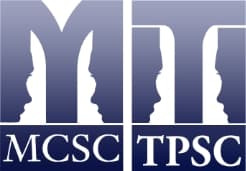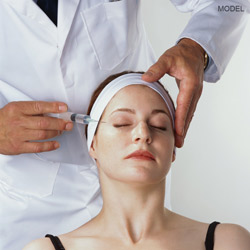Migraine headaches are a potentially disabling neurologic condition. Countless hours of lost work can be attributed to migraines, and quality of life has been shown to be affected in those who suffer severely. Here’s what I’ve learned as a plastic surgeon in Toronto who’s taken a special interest in migraine treatment options about what works.
For many people who suffer mild or episodic migraines, simple over-the-counter medication is sufficient to help them get on with their day. When headaches do not respond to simple measures, specific oral medications — including triptans such as MAXALT®, ZOMIG®, FROVA®, and a number of others — can be very successful. There are potentially serious side effects to these drugs, though they are rare in young healthy people.
When headache frequency escalates, it is not advisable to use symptomatic therapies such as triptans too often. There are a number of oral medications that have been used over the years to reduce the frequency and severity of migraine attacks. Some of these, such as TOPAMAX®, have been shown in well-designed clinical trials to be beneficial. Others, such as amitriptyline, have been used for many years supported by anecdotal evidence. Each of these has potential side effects, so it is advisable to consult a physician who is well versed in the treatment of migraines, typically a neurologist, when deciding to go the route of oral prevention. Daily oral medication can also be augmented by carefully avoiding headache triggers, and using relaxation therapy, acupuncture or physiotherapy. There is some evidence to support specific vitamins and herbal remedies as well.
When headaches are very frequent and severe, it is also possible to consider injectable therapies. Physicians have for a number of years injected in the area of some of the peripheral nerves in the head and neck area, especially in the area of the occipital nerve, with analgesics or steroid preparations in an effort to improve headaches. Anecdotally, this is useful in some patients, though there are no large, well-designed studies looking at this approach.
When an individual is a chronic migraine sufferer, defined in 2 large double-blind controlled studies as someone who has at least 15 days or more of headache a month, 9 of which meet the criteria for migraine, then study evidence has shown a reduction in severity and frequency of the headaches with the injection of BOTOX Therapeutic. A very specific injection protocol was used in terms of where the medication was injected. This included BOTOX injection in the glabellar area, forehead, temples, and occiput, and in appropriate patients, injections were also done in the neck and shoulders. Doses ranged from 165 to 195 units.
Before considering any injectable treatment for migraines, it is important to undergo a thorough assessment, preferably by a neurologist. Headaches can be symptoms of more serious diseases. It is also necessary to understand the potential side effects of injection treatment. For more discussion of side effects of BOTOX and migraine treatment, see our webpage.



Leave a Reply